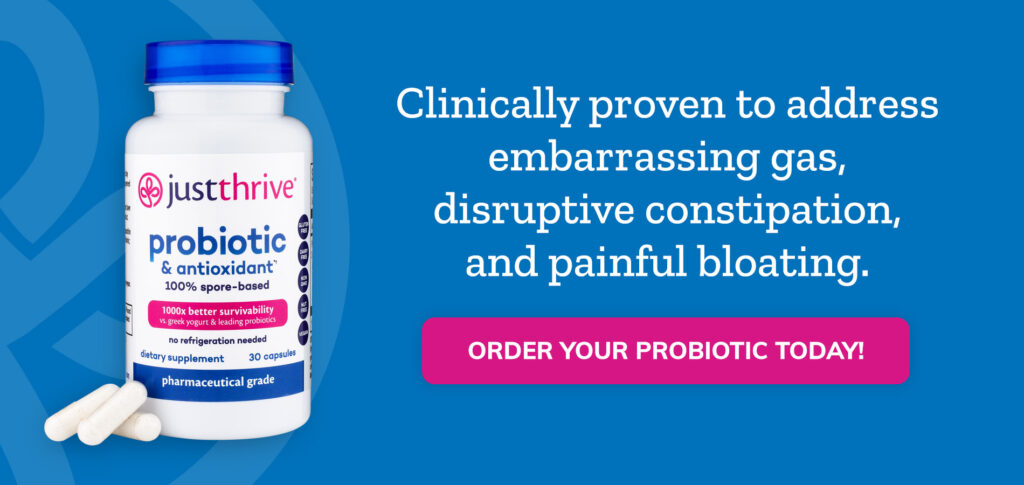Table of Contents[Hide][Show]
In part one of this article, we discussed the first two phases of digestion: intake and breakdown.
Although it may seem obvious to some, most people are vastly unaware of how their digestion actually operates. And if you don’t understand the mechanism itself, fixing the mechanism is a moot point.
(If you don’t understand what’s under the hood of your car, you could end up replacing coolant endlessly when the answer is a blown capacitor. I don’t know anything about cars — see how crazy that sounds?)
So in this post, we’re going to continue down through the digestive tract on our adult-level refresher of the system that effectively determines every feeling we have.
Phase 3: Absorption
So you’ve chewed your food, salivated, turned what was once a fresh bite to eat into a bolus, sent it down your esophagus, and used the acids in your stomach and small intestine to break down the sludge into digestible nutrient bits.
The next step is to make those nutrients useable. This occurs through absorbing them — or rather, distributing them correctly into the fluid and solid parts, respectively, of the cells and tissues.
Here’s what happens: the cells in the lining of the small intestine are fed and subsequently absorb the chyme. Chyme is “the pulpy acidic fluid which passes from the stomach to the small intestine, consisting of gastric juices and partly digested food.”
The lining of the small intestine is speckled with villi, which are finger-like protrusions which grab and absorb the nutrients. The more villi, the greater the chance for optimal nutrient absorption.
Now, once the nutrients have successfully passed from the small intestine into the bloodstream, via cells, the blood travels with the nutrients to various body tissues, either storing them or using them as an energy source.
Several things can go wrong during the process of absorption. For example, a condition called hypochloridria can lead to SIBO, which is small intestinal bacterial overgrowth. This is because the condition is marked by an insufficiency in stomach acids, meaning more bacteria thrives than should.
You can also experience gallstones through an absorption malfunction. If there is an excess of fat in the bile, which points to an error in distribution, gallstones often result.
Phase 4: Waste Elimination
We’ve learned that the small intestine is where the magic happens: it breaks down and absorbs what it can use. Then, it passes the rest on to the large intestine. The large intestine is not able to absorb any more nutrients; anything sent through them will simply pass.
Typically, this liquid waste contains fiber, dead intestinal lining cells, and undigested materials. This explains why, if your body is incapable of digesting certain materials (think celiacs and gluten), the process of relieving your waste is painful. If your small intestine was unable to break it down and absorb it, it has to pass through the large intestine.
Now, soluble fibers dissolve in water, but not insoluble fibers. This is the reason it is recommended to make the distinction between soluble and insoluble fibers.
The large intestine is responsible for coagulating the liquid waste into… poop. It absorbs the water, and secretes mucus, sending stool to the entrance of the rectum and from there gets expelled.
If you’re experiencing elimination issues, like constipation or diarrhea, it is likely a symptom of a larger problem, and not the larger problem itself.
Constipation is probably the most common — and in this case, it’s almost always better to just take a laxative and move your bowels. Backing them up can have disastrous effects on the whole system, as you can see.
Now, you may not be an expert on body processes, but at least you know exactly what’s going to happen to the food you eat from the moment it enters the mouth until it exits your body completely.
You should now understand why what we eat matters so much — it is literally the resource for every act we commit as human beings, from speaking, to thinking, to walking, to stabilizing our moods, and on, and on.

